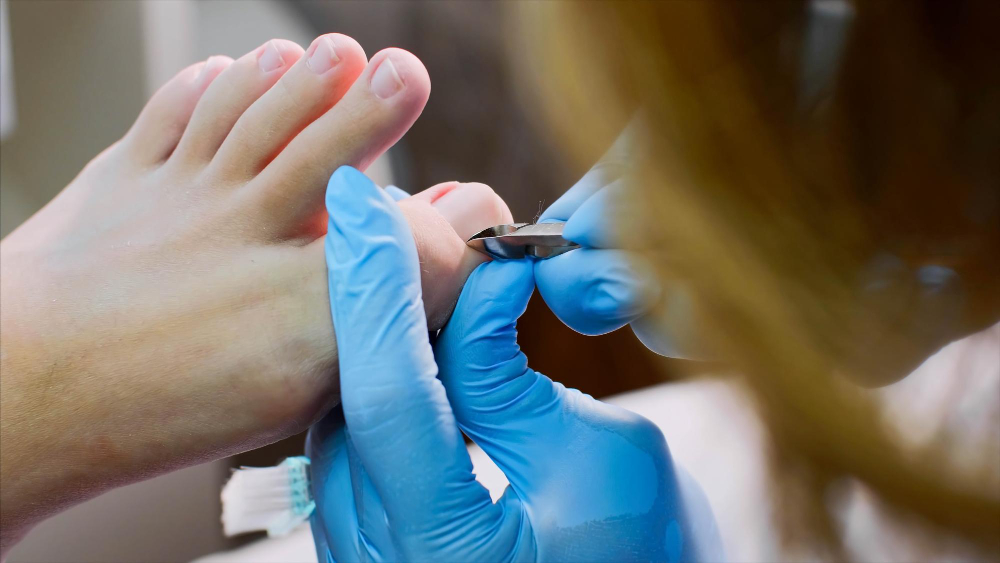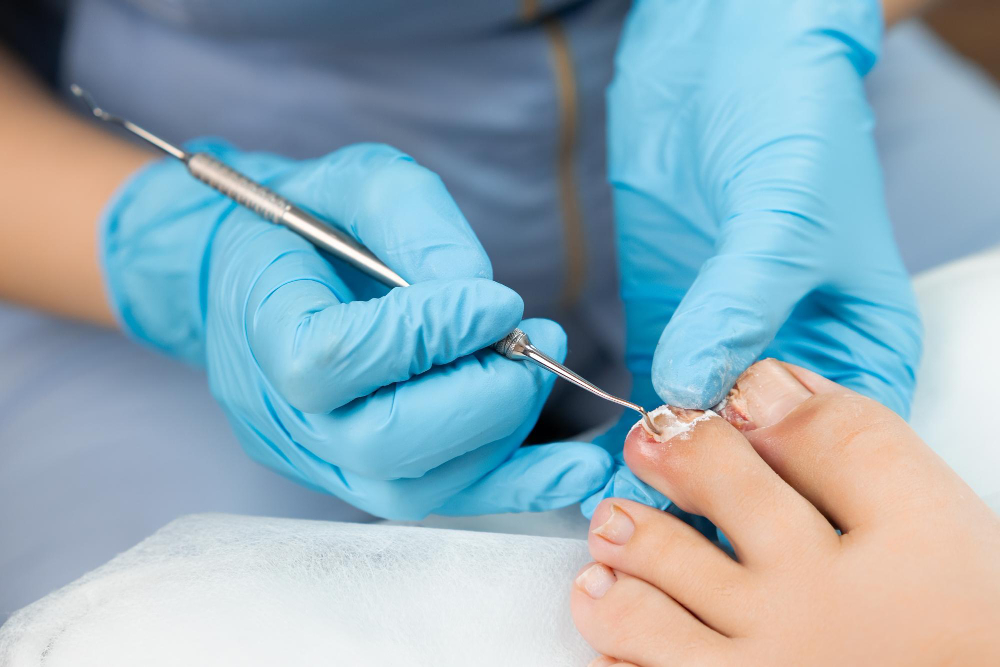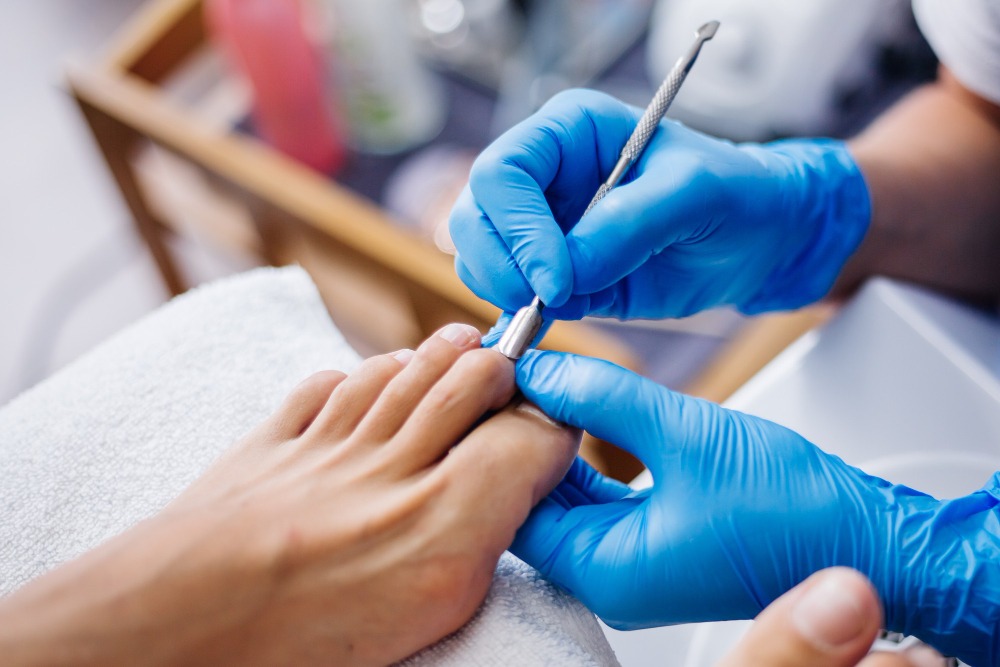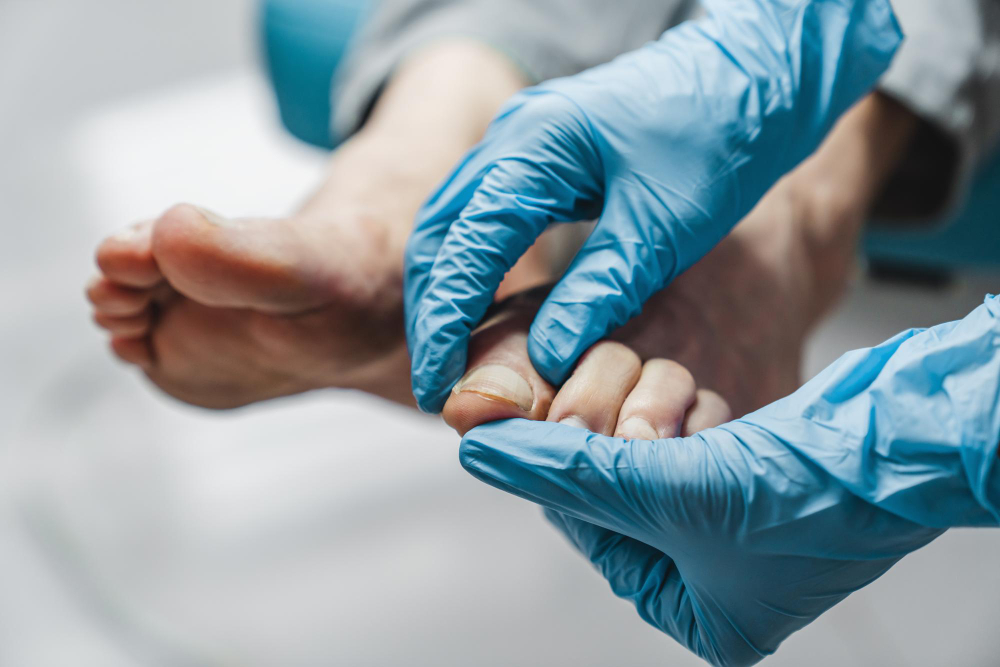Treatment Modalities for Ingrown Toenails:
The optimal approach for managing individuals afflicted with an ingrown toenail has been a subject of extensive deliberation within the medical community. In cases featuring mild-to-moderate symptoms, non-surgical modalities are generally recommended.
Conversely, patients exhibiting more severe manifestations are typically advised to undergo surgical interventions. Nonetheless, the available body of evidence regarding the efficacy of non-surgical treatments is notably constrained.
Recent investigations have shed light on the efficacy of various surgical techniques, revealing remarkably low recurrence rates associated with the resolution of ingrown toenails. Consequently, these findings advocate for a shift toward a more frequent consideration of surgical approaches, notwithstanding their higher invasiveness, as an integral aspect of the treatment paradigm.
Ingrown Toenails: Clinical Aspects and Prevalence Rates
Ingrown toenails, medically referred to as onychocryptosis or unguis incarnates, represent a distressing condition characterized by the intrusion of the toenail’s sides or corner into the adjacent soft tissue.
This incursion breaches the underlying skin, resulting in discomfort, inflammation, the formation of granulation tissue, and, in certain instances, infection. The lateral edge of the great (big) toe is the most common site of occurrence, although the medial edge and other toes may also be affected.
Notably, ingrown toenails are most prevalent among males aged 15–40 years. Recent studies indicate that approximately 20% of individuals seeking medical attention from their general practitioner for foot-related issues present with ingrown toenails
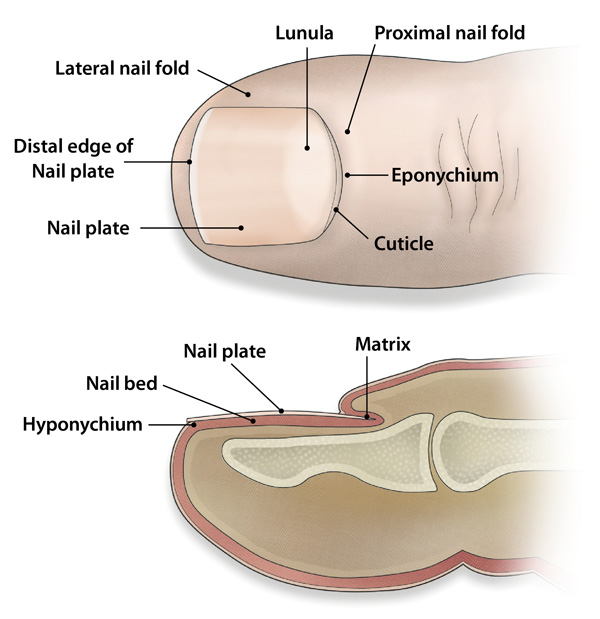
Contributing Factors in the Onset of Ingrown Toenails: A Comprehensive Review
Factors conventionally linked to the onset of ingrown toenails, substantiated by varying levels of evidence, encompass the following:
- Inadequate Nail Trimming Technique: Inadequate nail trimming can induce the nail’s corner to penetrate the neighboring skin.
- Ill-fitting Footwear: Footwear that is tight or narrow may exert pressure on the toes, altering the toenail’s shape.
- Hyperhidrosis and Substandard Foot Hygiene: Excessive foot perspiration (hyperhidrosis) and poor foot hygiene are contributory elements.
- Fungal Nail Infections (Onychomycosis): Onychomycosis, a fungal nail infection, has been associated with the occurrence of ingrown toenails.
- Family History of Ingrown Toenails: A familial predisposition to ingrown toenails increases the likelihood of its development.
- Repetitive Trauma: Engaging in activities involving repetitive trauma to the toe, such as running, kicking, or toe stubbing, is a potential risk factor.
- Anomalous Nail Plates or Nail Folds: The presence of abnormally shaped nail plates or nail folds can contribute to the condition.
- Metabolic and Health Conditions: Several health conditions, including diabetes and obesity, play a role in the development of ingrown toenails.
- Systemic Disorders: Disorders such as thyroid, cardiac, and renal conditions can be associated with an increased likelihood of ingrown toenails.
- Medication Usage: Certain medications, including retinoids, oral antifungals, ciclosporin, and docetaxel (an IV chemotherapy medicine), may also contribute to ingrown toenail occurrences
